Category: Features
-
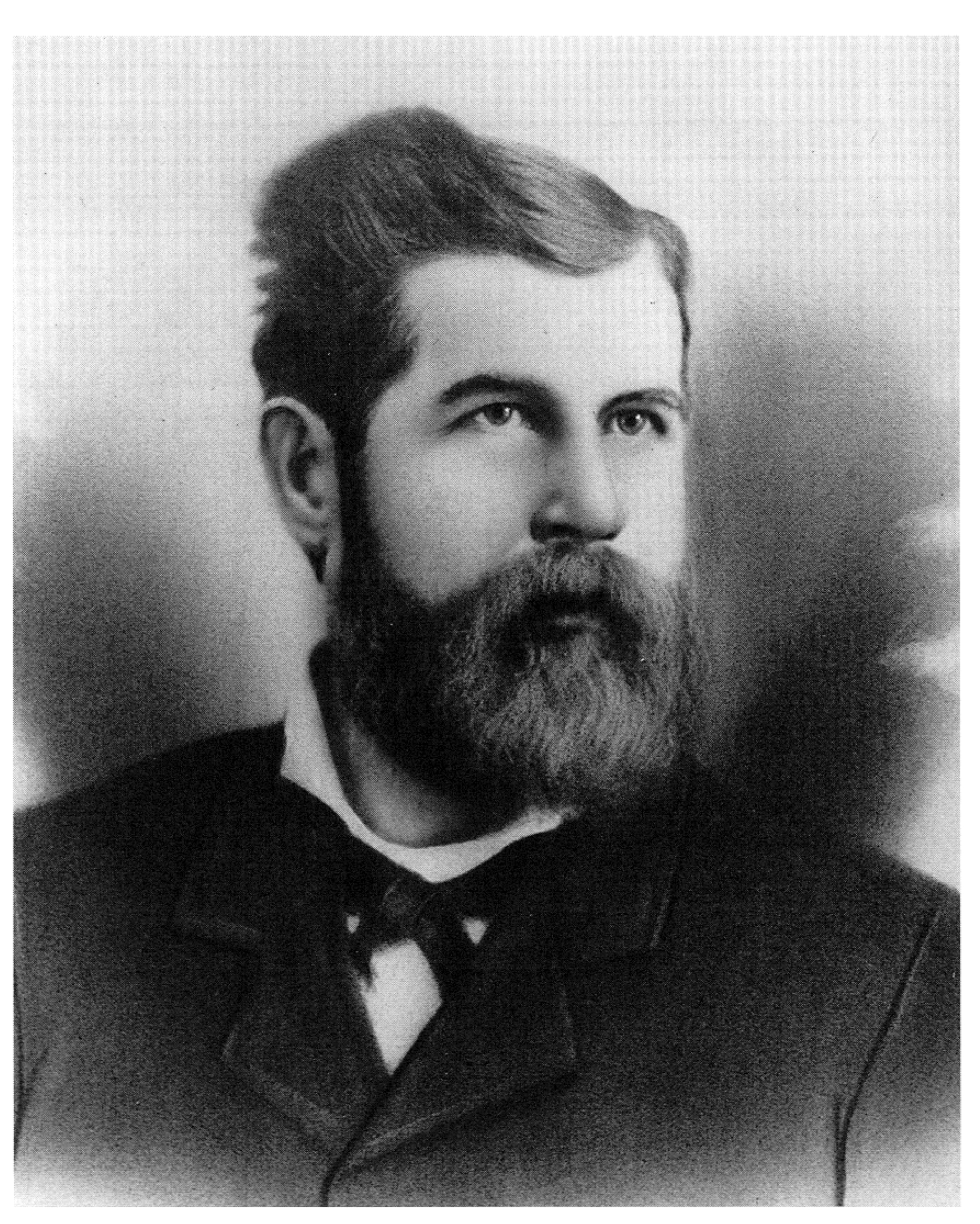
Literary Joseph Fielding Smith #09: James H. Hart’s Interview with David Whitmer
I think that we often think of witnesses as something outside of the event, added to fill a particular need or satisfy the desires of the world. But I wonder if this perception might not be incorrect, if witnesses are not, in fact, an important part of the process of communicating truth. A testimony is,…
-
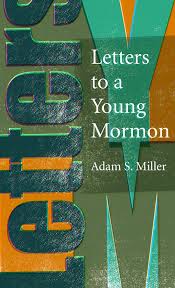
A Conversation About Letters to a Young Mormon
This is a discussion T&S permabloggers Julie and Dave had last week about the new book Letters to a Young Mormon (Maxwell Institute, 2014) by Adam Miller (also a T&S permablogger). Dave: Three things a reader should know about Letters to a Young Mormon: It is short, 78 pages if you count the title page.…
-
Literary OTGD #14: excerpt on Israel in the Wilderness from chapter 1 of The Millennium
Are commandments also spiritual fare? When Moses received the law on Sinai, was he spiritually fed? Were the children of Israel? Lesson #14 of the Old Testament Gospel Doctrine manual discusses Israel’s trek across the Sinai, their partaking of manna from heaven, which we interpret today as a symbol of the spiritual feast that our…
-
Literary OTGD #13: excerpt on the Exodus from chapter 1 of The Millennium
The story of the exodus of the children of Israel from Egypt is one of the iconic stories of western religious culture. And that story has descended to Mormonism, showing up, of course, in lesson #13 of the Old Testament Gospel Doctrine manual. And we Mormons basically see the story in the same way as…
-
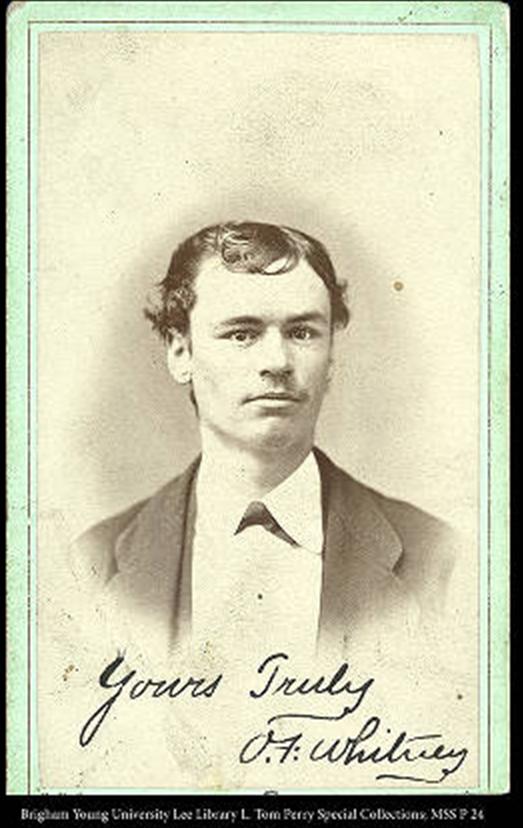
Literary OTGD #12: excerpt on Joseph from From Out of the Dust
Today, we Mormons see the “coincidence of names” between Joseph of Egypt, Joseph the son of Lehi and Joseph Smith as anything but a coincidence. They shared names allow us to make connections between the three cases, adding to our understanding of their histories. And Old Testament Gospel Doctrine lesson 12 allows us to revisit…
-
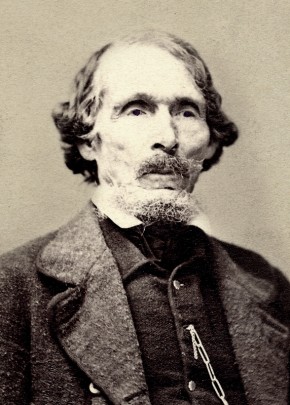
Literary Joseph Fielding Smith #08: What fair one is this, from the wilderness trav’ling
The purpose of the Church as an organization is sometimes ignored by Church members, who take its presence as given. While we know we are supposed to have a Church, we don’t often think about why the organization is needed. Teachings of the Presidents of the Church: Joseph Fielding Smith manual, chapter 8, examines the…
-
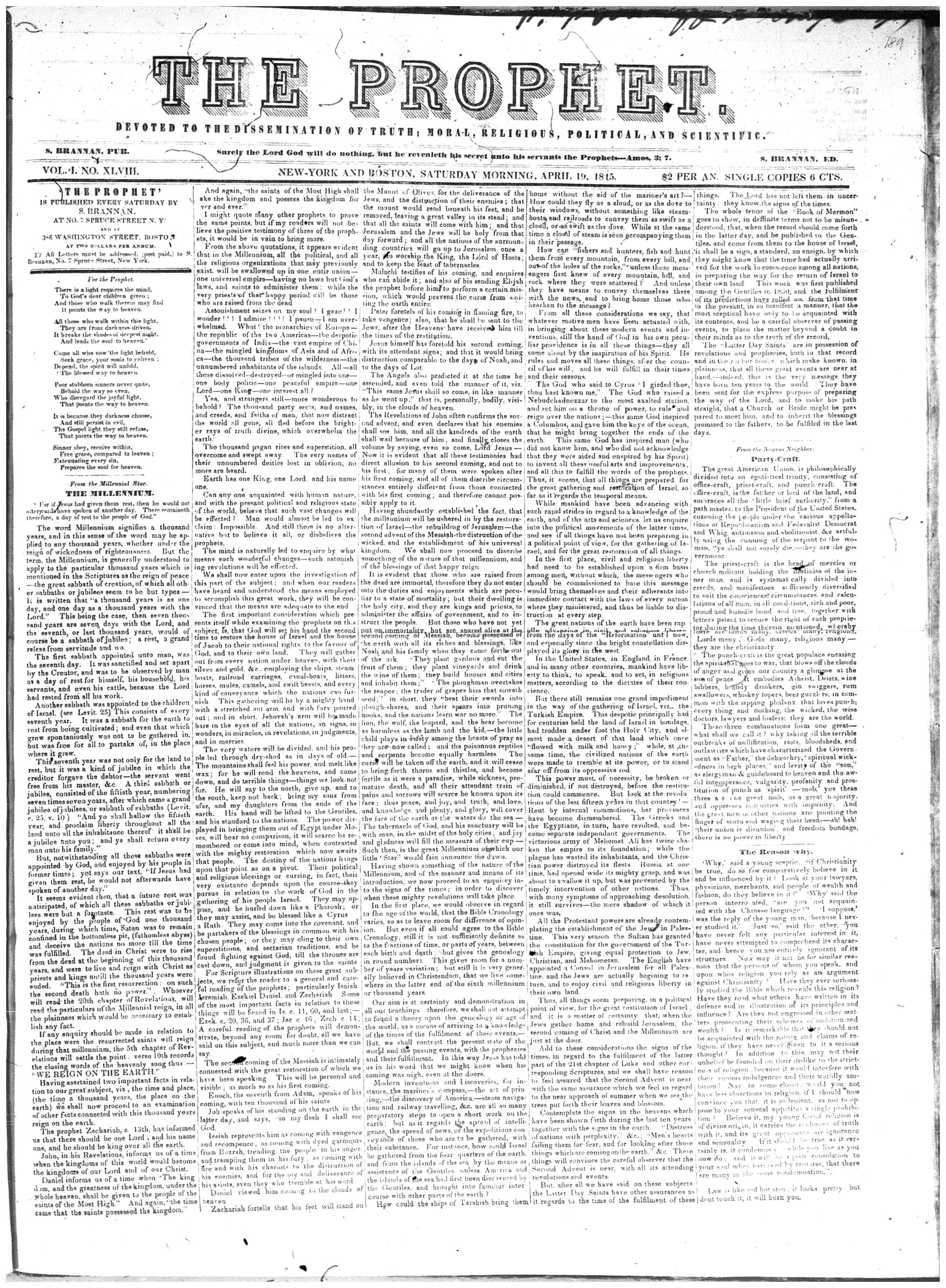
Literary OTGD #11: Joseph’s Temptation
[I’m sorry that I’m a bit behind in getting these posted. I’m hoping to do one each night for the next 3 nights to get caught up.] Temptation is a constant. We all struggle with temptation to do that which we should not, and often these temptations involve significant sin or things that could lead…
-
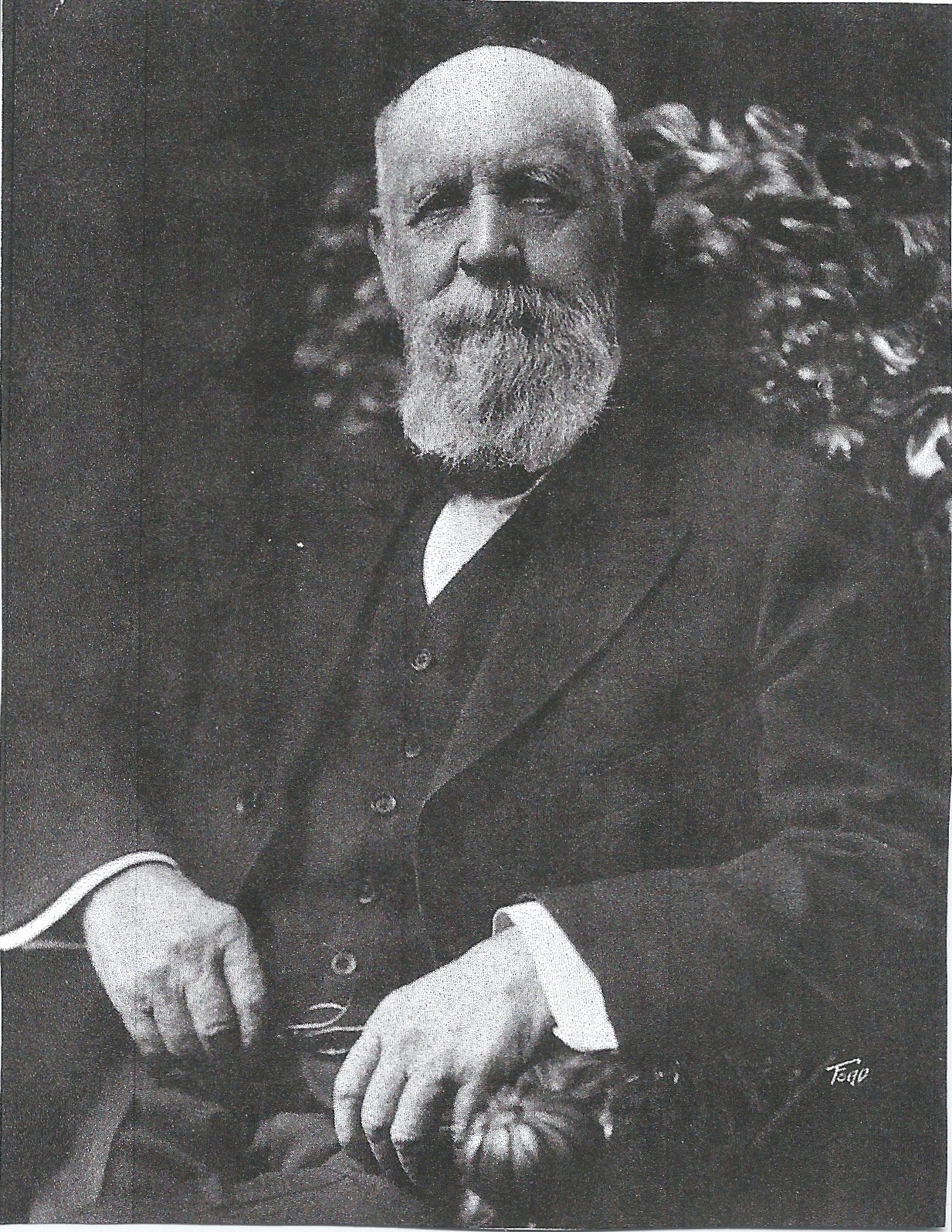
Literary OTGD #10: Our Golden Wedding
The marriage process in Abraham’s family (covered in Old Testament Gospel Doctrine lesson 10) is very different that the common experience in the Church today (at least in North America). Arranged marriages, polygamy, dowries and working for a wife are all discussed in the source chapters in Genesis, while the marriages are still eternal, evidently…
-
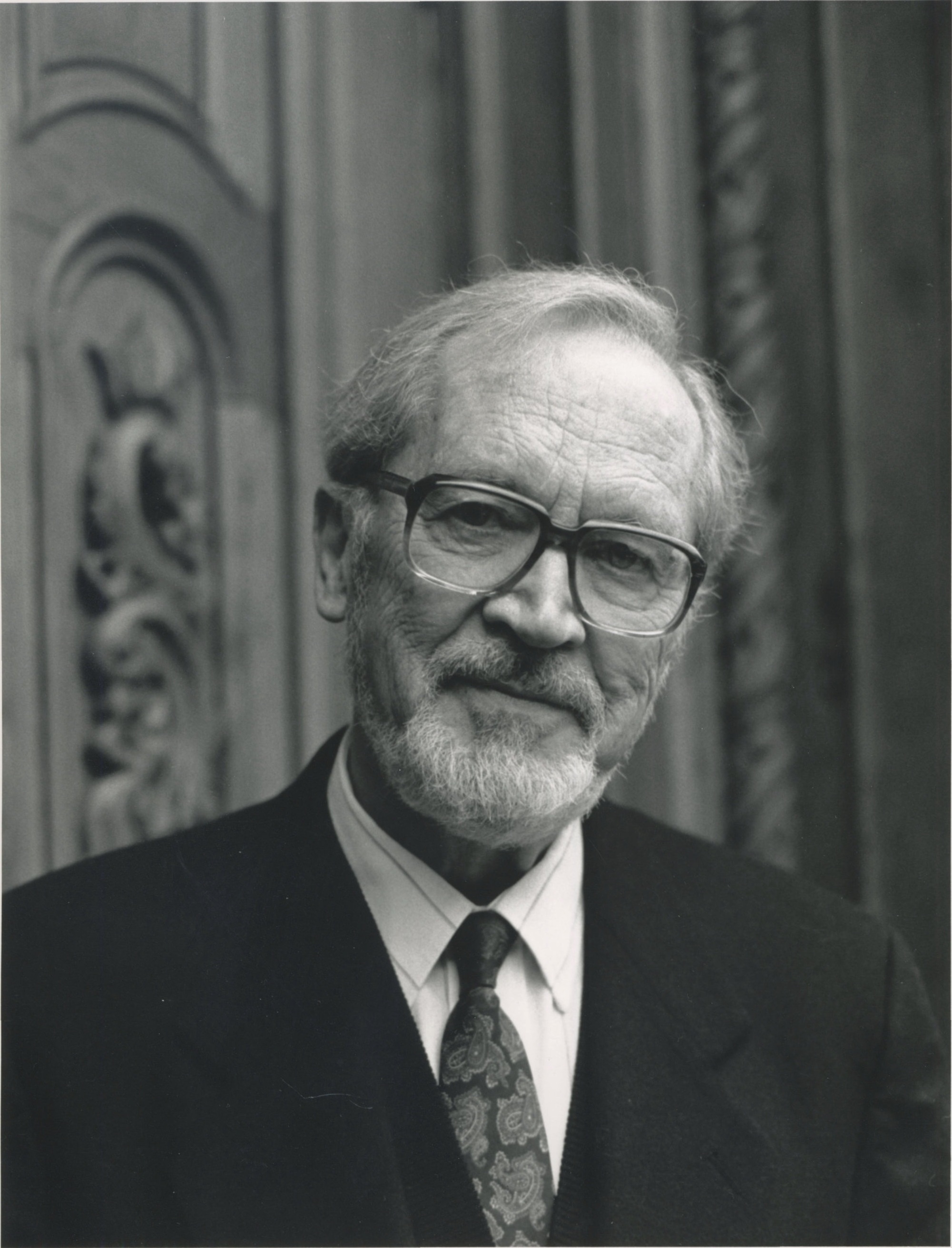
Literary Joseph Fielding Smith #07: Restoration
Given how much we talk about Joseph Smith in lessons such as lesson 7 of the Presidents of the Church: Joseph Fielding Smith manual used in Priesthood and Relief Society meetings, you might think I would run out of poetry about him. That isn’t likely to happen. Smith is also a common subject of Mormon…
-
Literary OTGD #09: Saturday Evening Thoughts
Abraham’s readiness to sacrifice Isaac is one of the most difficult to understand episodes in the Bible, and it is also a regular subject of LDS lessons, such as Lesson 9 of the Old Testament Gospel Doctrine manual. Despite its troubling nature, this event is seen as a clear type of Christ’s sacrifice, and it…
-
Literary OTGD #08: Go search and say
The story of Sodom and Gomorrah, which is found in the material covered in the Old Testament Gospel Doctrine manual, lesson 8, is one of the more bleak stories in the bible. Its depressing to think that a city cannot be saved from its own wickedness, and that there was not one person there who…
-
Literary OTGD #07: The Gathering
If doctrines can have ideological parents, then the doctrine of the gathering is clearly descended from the Abrahamic covenant, the same that is discussed in Old Testament Gospel Doctrine lesson 7. Throughout the scriptures, when the Lord talks of “gathering” his people, he is refering to Israel, the descendants of Abraham. The covenant speaks of…
-
Literary Joseph Fielding Smith #06: Testimony Meeting in New Guinea and Brown-Crusted Bread
When we cover the sacrament in our lessons, the focus is usually on the doctrines behind the ordinance. In lesson 6 of the Teachings of Joseph Fielding Smith manual those doctrines are found in remembering the atonement and in the covenant made at baptism and renewed by the sacrament. However, I think there is a…
-
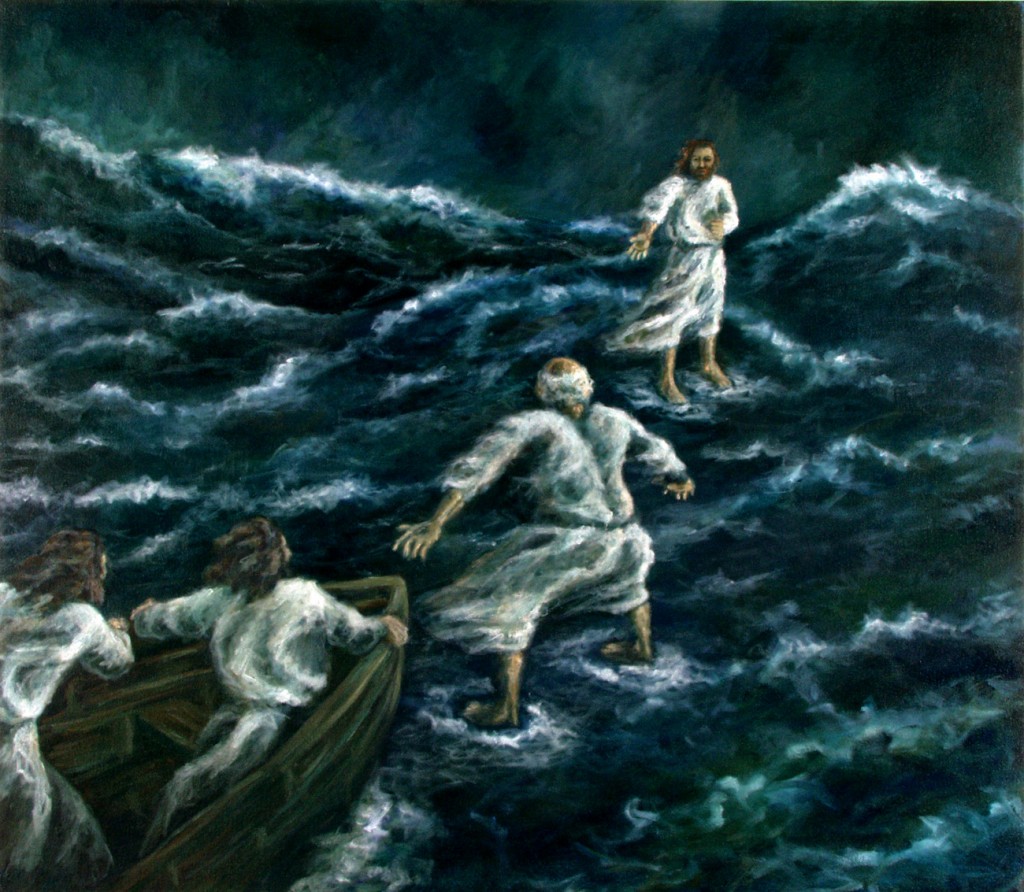
Literary Joseph Fielding Smith #05: Over the Waves of Sin
When we talk about faith in Mormonism, we often emphasize the idea that the important part of faith is not just belief in something true, but faith in Jesus Christ. And while we use lots of examples of faith, sometimes those examples leave out the role of Christ in our lives and in our faith.…
-
Literary OTGD #06: Gleanings from Scripture
Lesson 6 of the Old Testament Gospel Doctrine manual seems like a difficult lesson to me. It covers both the story of Noah and the flood as well as the story of the tower of Babel. The lesson combines these disparate stories under the very general topic of worthiness and avoiding the evils of the…
-
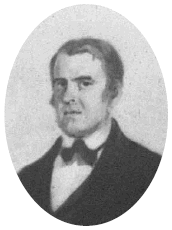
Literary OTGD #05: Age after age has roll’d away
While many teachers will focus their teaching of Old Testament Gospel Doctrine lesson #5 on the story of Cain and Abel, that is only half the lesson. The other half of the lesson is the story of Enoch and his city—perhaps a more positive example for us today as we strive to live the admonition…
-
Literary Joseph Fielding Smith #04: The Old Folks
While ‘strengthening the family’ might seem like code for a political position these days (please, no politics on this post), lesson 4 in the Joseph Fielding Smith lesson manual seems to boil the idea down to the ways in which we live together. The lesson says stronger families come from “spending time together, loving each…
-
Literary OTGD #04: O Adam
When we talk about the Fall and its roll in the plan of salvation, as Old Testament Gospel Doctrine lesson #4 does, the focus naturally (and properly) is on the effects of the Fall and its relationship with the atonement. But the Fall is also the story of a relationship between Adam, Eve and God.…
-
Literary Joseph Fielding Smith #03: A Christmas Idyl
When we talk about the plan of salvation, as Teachings of the Presidents of the Church: Joseph Fielding Smith lesson #3 does, we focus on several key elements: the pre-existence, the fall, the atonement, the resurrection and the judgment. That’s a lot of ground to cover—and often our lesson manuals cover each of those elements…
-
Literary OTGD #03: Eternity of Matter
In our science-oriented world today, its hard to see the creation stories in the Bible and Pearl of Great Price as recounting actual events or having meaning beyond a simple myth explaining the origin of life. So when we teach the creation in classes like the current Old Testament Gospel Doctrine lesson 3, I believe…
-
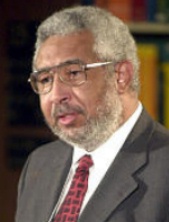
Times and Seasons’ 2013 Mormon of the Year: Darius Gray
After due consideration the staff of Times and Seasons has selected Darius Gray as the 2013 Mormon of the Year, our annual designation of the Mormon who had the greatest impact or influence on Mormons and Mormonism during the year.
-
Vote for Mormon of the Year 2013
This post opens the voting for Mormon of the Year. Votes will be taken until midnight Eastern Time on Tuesday, January 7th, at which time the voting will close. The voting mechanism will attempt to restrict votes to one per person. The order of the choices is set at random, and is different each time…
-
Update: Nominations for 2013 Mormon of the Year
For the past two weeks readers have made nominations and seconded nominations for the 2013 Mormon of the Year designation. So that the status of nominations and seconds are clear, I’ve compiled the list below of those who have been nominated and seconded (and who will therefore appear on the popular vote ballot), those who…
-
Literary Joseph Fielding Smith #02: A Stranger Star O’er Bethlehem
The second lesson in the Joseph Fielding Smith manual, used in Priesthood and Relief Society lessons in the coming year, discusses the life of Jesus Christ and his role in the plan of salvation; quite a lot to cover in a single lesson. In the texts included, Smith ranges from Christ’s birth as the only…
-
Literary OTGD #02: Shadows and Whisperings
Mormon beliefs about the pre-existence are an important part of our understanding of our purpose in this life and the meaning of the life to come. The beliefs covered in the second lesson in the Old Testament Gospel Doctrine manual, “fore-ordination” and the “war in heaven,” are no exception. But, it is also worth remembering…
-

Partaking of the Fruit of the Tree
One of my favorite parts of Christmas is sitting in the darkened living room, gazing at the lighted tree. There is something magical and transfixing about the warm, gentle light, the fragrance of pine, and the palpable presence of nature that fills my home with its incongruous beauty. I have many memories of reading Scripture…
-
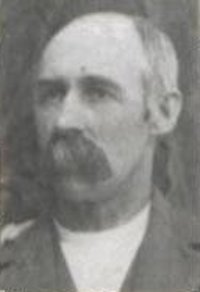
Literary Joseph Fielding Smith #01: O My Mother
The new Joseph Fielding Smith manual for the Relief Society/Priesthood lessons presents a minor logistical problem—it has 26 lessons, which may mean teachers will have to drop two of the lessons (since two lessons each month are taught from the manual). Because of this I will post poems for the next few weeks so that…
-
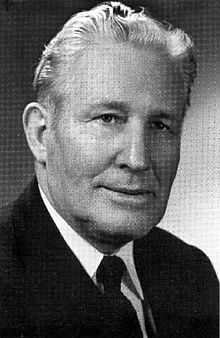
Literary OTGD #01: Metamorphosis
For the coming year, I’ve decided to post poetry for use in Sunday School and Priesthood/Relief Society classes two weeks ahead of when they would normally be used, instead of a week ahead as I’ve done in previous years. I’m doing this to allow teachers a bit more time to prepare and integrate the poetry…
-
Nominate the 2013 Mormon of the Year
Since Time named its Person of the Year this past week, and named a religious figure at that, it must be time to select the Mormon of the Year.
-
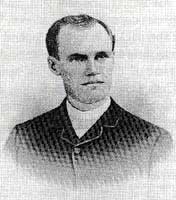
Literary Lorenzo Snow #24: Christ is Born, the Joyful Story
Finding Mormon poetry that talks about Christ is not hard at all. In fact, of all the Mormon poetry that I’ve read (considering only poems written by Mormon authors), the number of poems about Christ surpasses by far the number of poems about any other single individual. If this is a good proxy for what…
